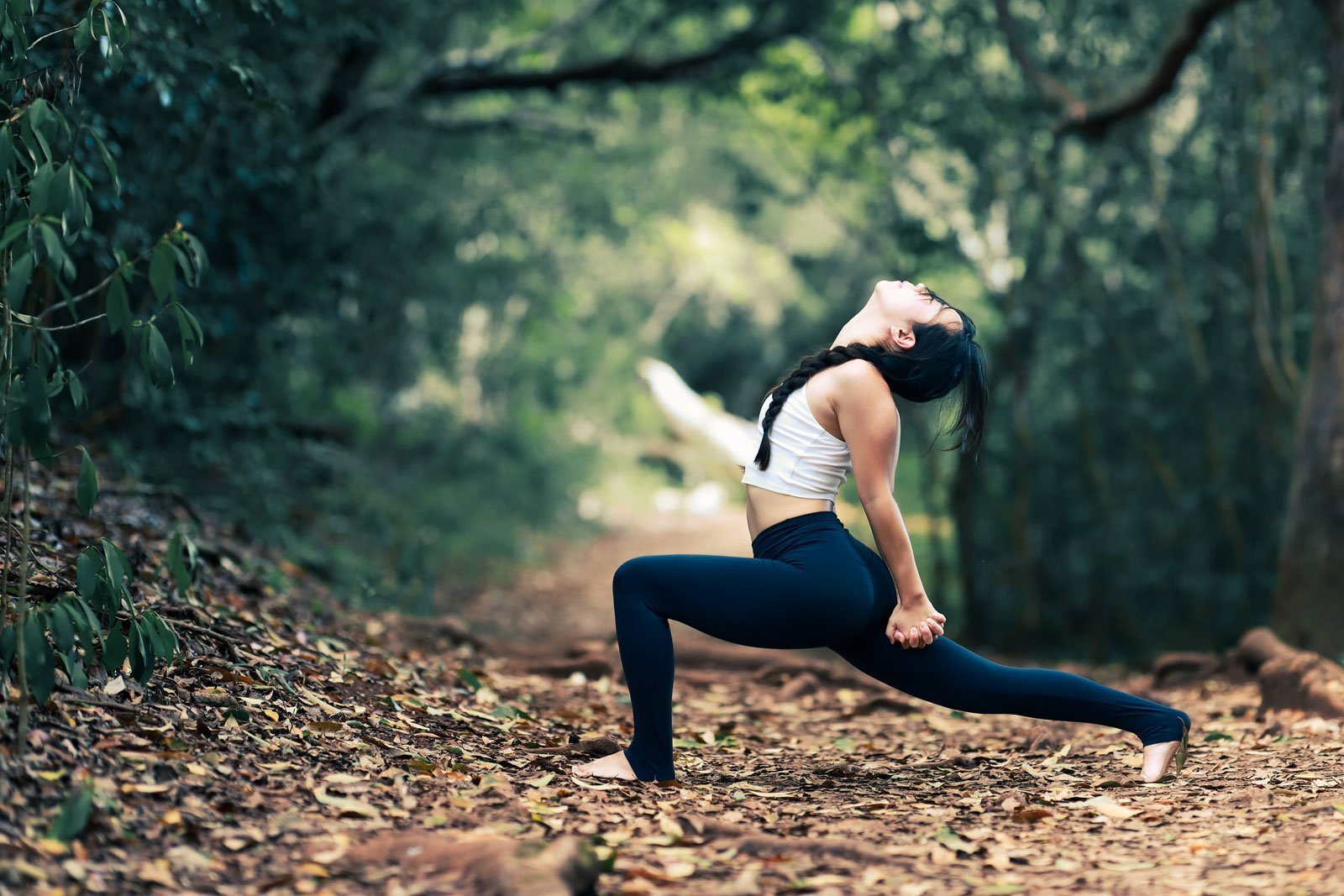What is EMDR?
Eye Movement Desensitization and Reprocessing (EMDR) Therapy has been getting quite a bit of attention in recent years, both in the mental health field as its effectiveness in treating trauma has been consistently demonstrated in numerous studies, and in popular culture as many public figures have shared about their own successful experiences with the treatment (Prince Harry reported that he engaged in EMDR therapy to treat trauma from his childhood and Sandra Bullock also opened up about using EMDR therapy to treat trauma from an at-home break-in.) Developed by Dr. Francine Shapiro in 1987, EMDR is a structured therapy that encourages the client to briefly focus on a trauma memory while simultaneously experiencing bilateral stimulation (BLS), which is achieved through eye movements or tapping. This leads to a reduction in the vividness and emotion associated with trauma memory and eventually a resolution of the symptoms of PTSD and other disorders.
Unlike other treatments that focus on altering the emotions, thoughts and responses resulting from traumatic experiences, EMDR therapy focuses directly on the memory and is intended to change the way that the memory is stored in the brain. Processing of a specific memory is generally completed within one to three sessions. EMDR therapy differs from other trauma-focused treatments in that it doesn’t require the client to be continually exposed to the traumatic material itself. Additionally EMDR therapists don’t work cognitively to challenge irrational thoughts, and there is no homework!
The 8 Phases of EMDR
History-taking and Treatment Planning
As Pasadena trauma therapists working at California Integrative Therapy, our first step is to take a full history and conduct appropriate assessments. We will then work with you to identify targets for treatment that are connected to your most difficult symptoms. Targets include past memories, current triggers, and future goals.
Preparation
Next, we offer an explanation of the treatment and introduce you to the procedures, practicing the eye movement, tapping, or other components. It’s important that you have adequate resources for working with difficult emotions and helping you feel calm and safe. We do this by teaching and practicing various excercises including breathing, grounding, and mindfulness meditation techniques.
Assessment
This phase activates the memory that is being targeted in the session by identifying and assessing each of the memory components.
Desensitization
During desensitization, we begin the real work of EMDR. You focus on a memory while engaging in eye movements, tapping, or other bilateral stimulation (BLS). At times, emotions do come and can be intense, but remember that we have several resources that we have learned and practice to calm and feel safe.
Installation
The fifth phase of EMDR is installation, which strengthens the preferred positive cognition, or healthier belief about oneself. Simply, we are working to change the associations and thoughts that automatically arise when you have a memory and replace them with ones that are calm, safe, and gentle.
Body Scan
During the body scan, clients are asked to observe their physical response while thinking of the incident and the new, positive belief. If the client reports any disturbance or residual distress in the body, standardized procedures involving the BLS are used to process it.
Closure
Closure is used to end the session. If the targeted memory is not fully processed, specific instructions and techniques are used to provide containment and ensure safety until the next session.
Re-evaluation
The next session starts with phase eight, re-evaluation, during which we check in with you and both work to get a sense of how the therapy is progressing and what memories may have emerged since the last session. We then work to identify targets for the current session.
How to Get Started with EMDR
Finding a Pasadena trauma therapist can be overwhelming. Finding an EMDR therapist in Pasadena can be even more challenging. It is important to work with someone who has been properly trained by an EMDR International Association (EMDRIA) approved provider. The EMDRIA was organized to promote, foster, and preserve education, science, and knowledge regarding EMDR therapy and trauma-informed care.










